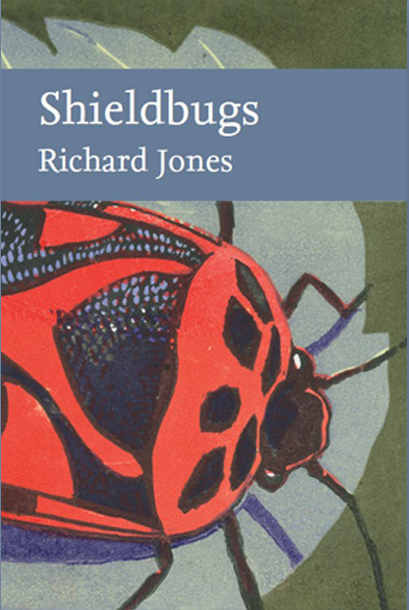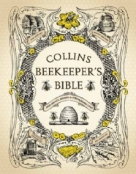
Okay, perhaps that’s a contentious title; maybe it should be “Down with these butterflies“. What butterflies? Well, the Black-veined Whites at Hutchinson’s Bank for a start. The appearance of this long extinct butterfly made the national press after they were spotted flying about the flowery chalk downland of this well-known London Wildlife Trust nature reserve near Croydon a couple of weeks ago. Here’s a link to the BBC website coverage of the story. It is bland and blank and could have been in any tabloid for its click-bait appeal. Likewise the Guardian report is equally useless, concentrating on the fact that Winston Churchill liked this particular species. It took the cutting-edge reporting of the Inside Croydon webpages, to really get to the nub of the thing, when it points out that the LWT, Butterfly Conservation and other naturalist organizations strongly suspect the butterflies have been captive-bred and dumped on the site, and that this behaviour is “dimly regarded” by entomologists.
Dimly regarded? Really, these organizations should be incandescent with rage that some ill-informed twonk thought it might be fun to let a few pet butterflies go on one of the most important natural history sites in the London area. Forget all the hand-wringing about whether captive bred specimens of uncertain provenance can survive in the wild, and how they will likely all quickly perish; the main damage they have done is that the very act of their release makes a complete mockery of nature conservation.
Insects are in catastrophic decline in this country, well exemplified by the many species of rare butterfly that people go to Hutchinson’s Bank to see — Small Blue, Dingy Skipper, Dark Green Fritillary and White-letter Hairstreak for example. These declines are driven by a huge range of human activities — intensive agriculture, urban encroachment, pollution from insidious pesticide and fertlizer run-off, habitat destruction and fragmentation. These are long-term and complex pressures that are far from being addressed, let alone reversed. The release of a few pretty insects does nothing to mitigate these on-going destructive processes, it just flippantly suggests there is a quick fix available by randomly dropping in a bucket of butterflies from a species that became extinct in Britain nearly a century ago. This is the same make-over mentality that is popularized in the gardening and property media — “Run-down old mess? Do it up and make it look pretty!” The prettiness of the released butterflies adds nothing to the nature conservation of the site, in fact it undermines the difficult and and costly work of real conservation by which the Trust is trying to maintain its existing wildlife by taking the media (and public) gaze off of the true struggle.
This isn’t the first time that Hutchinson’s Bank has suffered this type of mindless ‘help’. In 2011 the Glanville Fritillary was another unofficial release, and the colony is now well-established there. My rather poor picture at the head of this blog was taken there last Friday.
At least the Guardian published a follow-up article a few days later, pointing out the folly of these illegal introductions. It quotes the Trust’s Mathew Frith: “Hutchinson’s Bank is not managed as a butterfly garden, but if through our management it supports a fantastic range of butterflies, that is to be celebrated.”

























You must be logged in to post a comment.